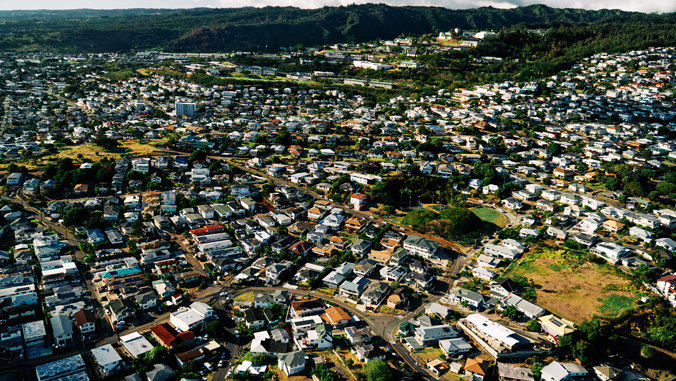
Predicting the amount of financial assistance renters need to return to the same rental burden they faced before the COVID-19 economic downturn is the focus of a new University of Hawaiʻi Economic Research Organization (UHERO) report.
Experts said renters face a more uncertain future than homeowners because median household income for renters is $57,000 compared to $100,000 for homeowners, and federal protections for homeowners, while far from perfect, are more robust and push more responsibility for renters assistance to states and counties.
Philip Garboden, Hawaiʻi Community Reinvestment Corporation professor in affordable housing, and assistant professor in UHERO and the Department of Urban and Regional Planning in the College of Social Sciences; and Isabelle Picciotto, UHERO graduate research assistant, predicted the need to be well over $100 million in the second half of 2020, after the Federal Pandemic Unemployment Compensation expires on August 1. Several policy scenarios took into account the amount of possible additional funding from the government.
Garboden and Picciotto said it is important to note that the models only address housing and not food, transportation, healthcare, education and other expenditures. Under all of the scenarios, nearly all households hit by unemployment will have fewer resources overall.

